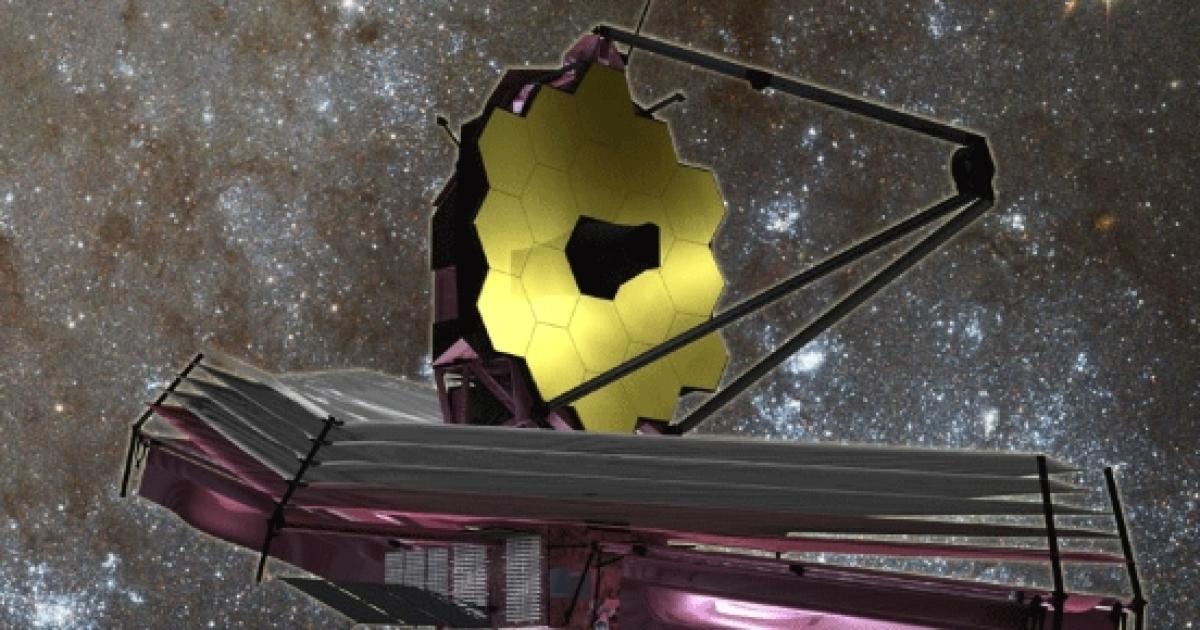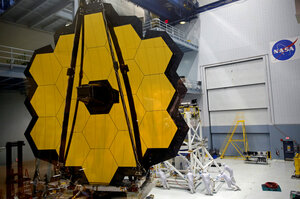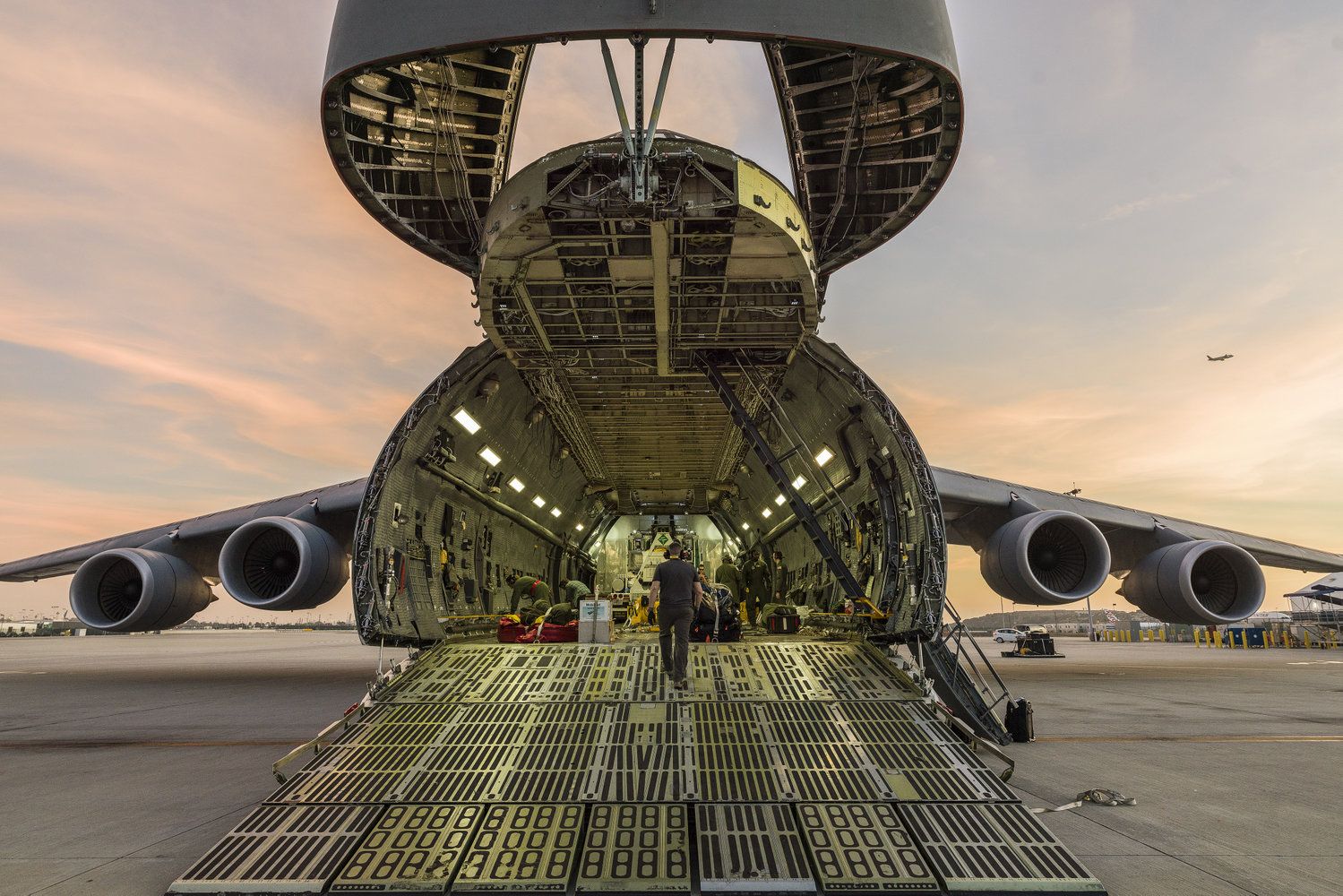

But while NASA originally planned its launch for 2007, that date was repeatedly pushed back. Twenty years ago in a decadal survey, during which a team of experts organized by the National Academies of Sciences, Engineering, and Medicine produce a heavy report that ranks the next big projects in space science, they chose to make building the James Webb Space Telescope a top priority, as they had similarly prioritized its predecessors, including Hubble and Spitzer. The massive telescope has also had its share of massive controversies, particularly over its cost and delays.

And it will be sent nearly a million miles from home, to a point where it will take minimal fuel to counteract the gravitational pull of the sun and Earth, and where the shield will be able to effectively block their light. To minimize its own radiation, the telescope will be chilled to colder than -380 degrees Fahrenheit, which is barely warmer than absolute zero. But infrared light is essentially heat radiation, so its ultra-sensitive detectors can’t be contaminated with any other heat. Unlike Hubble’s optical view of the universe, JWST will focus on infrared wavelengths so that it can penetrate gas and dust clouds to image distant objects. A five-layer, diamond-shaped sunshield will unfurl to the size of a tennis court, to block out excess light that might hinder the search for exoplanets and other faint cosmic objects.

A gold-coated segmented mirror of 18 hexagons will span 21 feet in total. While JWST currently fits compactly within the rocket’s frame, the telescope will unfold in space. “If you were a bumblebee hovering at a distance between the moon and Earth away from the telescope, we would be able to see you.” JWST is much bigger and more powerful than the Hubble and Spitzer Space Telescopes, he says. When astronomers have a dream, we never know how long it will take for it to happen,” says John Mather, JWST senior project scientist at NASA’s Goddard Space Flight Center in Greenbelt, Maryland. If that launch is delayed, the next window of opportunity comes 24 hours later. Barring inclement weather or technical difficulties, it’s scheduled for launch on December 25 at 7:20 am Eastern time, atop an Arianespace Ariane 5 rocket from Europe’s Spaceport in Kourou, French Guiana, on the northeastern coast of South America. The massive undertaking has become a reality thanks to a collaboration between hundreds of scientists and engineers at NASA, the European Space Agency, and the Canadian Space Agency. Nearly three decades later, after overcoming engineering, logistical, and political challenges, the ambitious spacecraft envisioned as Hubble’s successor will finally blast off.ĭubbed the James Webb Space Telescope, or JWST, in honor of a former NASA administrator, it comes packed with the biggest mirror ever to fly in space, a huge sunshield, and a suite of cutting-edge instruments that will enable it to find new life-friendly planets, reveal the births and deaths of stars, and probe the early years of the universe. The telescope will launch on an Ariane 5 from Europe's Spaceport in French Guiana.In the mid-1990s, a team of scientists proposed developing a next-generation infrared space probe.

Webb is an international partnership between NASA, ESA and CSA. Webb will see farther into our origins - from the formation of stars and planets, to the birth of the first galaxies in the early Universe. Webb is the next great space science observatory following Hubble, designed to answer outstanding questions about the Universe and to make breakthrough discoveries in all fields of astronomy. An internet connection is required to access the external webpages. Links to recommended images, videos and animations are provided towards the end of this launch kit. Roll over the graphic elements to discover hyperlinks to more information on related webpages.
JAMES WEBB TELESCOPE LAUNCH SERIES
Explore scientific and technological themes of the mission through the series of infographics, which can also be downloaded separately from the image gallery. Navigate between pages from the contents page or with the arrows at the bottom of each page. Now also available in Dutch, German, Spanish, French, and Italian Click here to view the launch kit (PDF, 27 MB) in English


 0 kommentar(er)
0 kommentar(er)
